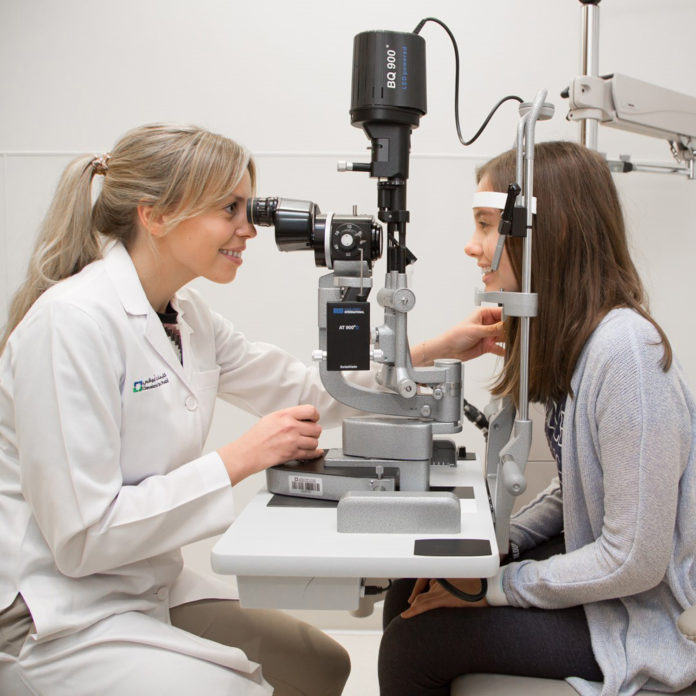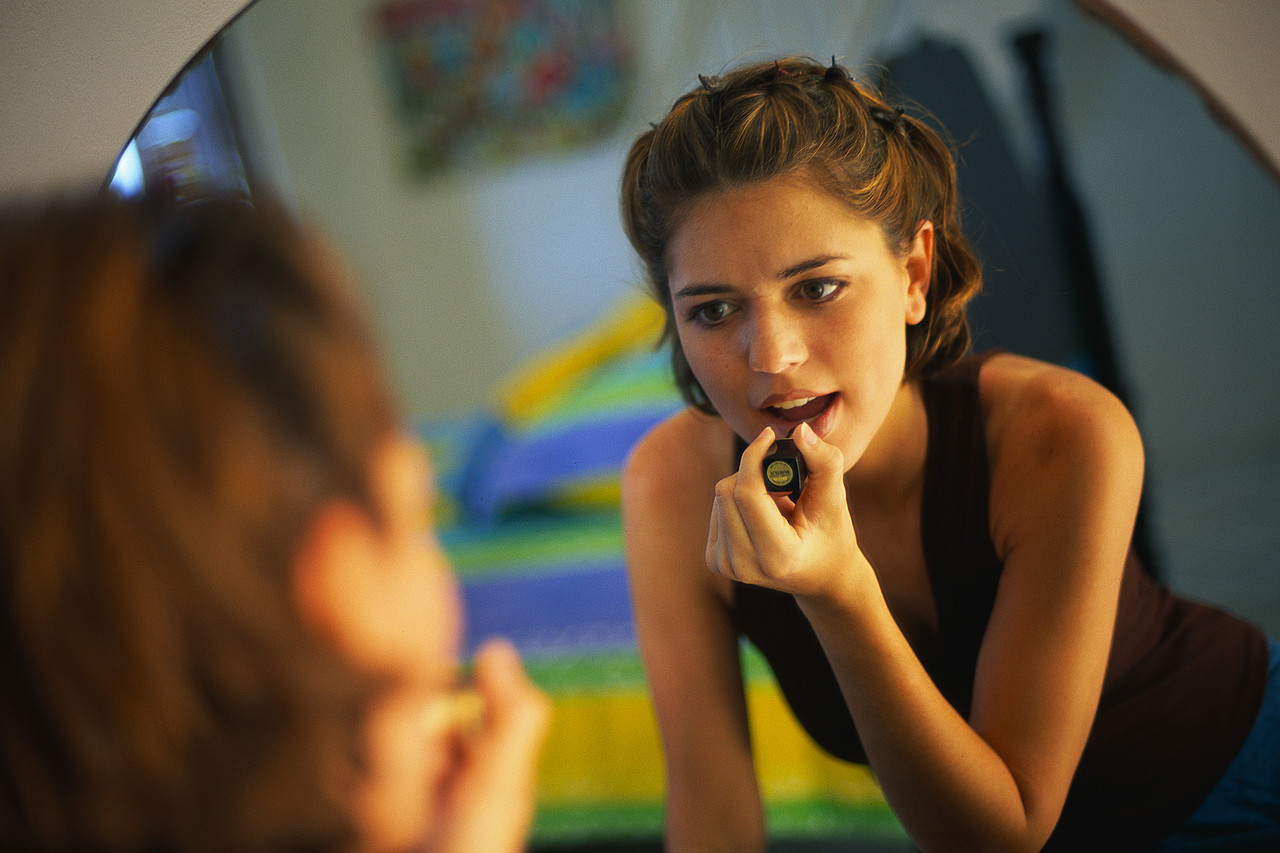Experts from Cleveland Clinic Abu Dhabi’s Eye Institute have warned that increased time indoors looking at screens in 2020 has led to a steep rise in myopia among children, creating potentially blinding complications later in life.
Myopia, often referred to as nearsightedness, is the most common eye condition worldwide. It occurs when the shape of the eye changes, becoming too long for its focusing power and causing blurred intermediate and distance vision. Left untreated, myopia can progressively worsen in childhood, affecting academic performance and quality of life as well as increasing the risk of glaucoma, myopic macular degeneration, and retinal detachment, which are potentially blinding conditions.
As rates of myopia have continued to rise, studies have linked the condition to increased time spent indoors in addition to other factors. Physicians are now concerned that the COVID-19 pandemic and the rise in home schooling have caused an explosion in cases, with one study in China registering sharp growth in the number of myopia cases in young school-aged children in 2020[1].
“Myopia has been on the rise for a long time but the events of 2020, with so many children staying indoors and looking at screens for extended periods of time, has worsened the situation. It’s a ‘pandemic within a pandemic’ that will lead to serious complications without proper care,” explains Dr. Arif Khan, a pediatric ophthalmologist at Cleveland Clinic Abu Dhabi.
With current trends myopia will affect half of the global population by 2050.[2] In response to the significant increase in the number of myopic children, Cleveland Clinic Abu Dhabi’s Eye Institute has opened a specialized pediatric myopia clinic to monitor children and work to prevent their condition from progressing. Following a comprehensive eye exam, children can be referred to the specialized myopia clinic should doctors determine that they could benefit from personalized care to help prevent their condition from progressing further.
“The higher a person’s myopia, the higher their risk of developing eye disease such as glaucoma or retinal detachment later in life. With children developing myopia at younger ages, the risk of developing high myopia increases dramatically. Our goal is to prevent or slow the progression in a growing child, significantly reducing their risk of sight- threatening conditions later in life,” says Dr. Christine Dackiw, an ophthalmologist at Cleveland Clinic Abu Dhabi.
The pediatric myopia clinic takes a multidisciplinary and personalized approach to preventing the progression of myopia. The primary treatment employs specialized eye drops that are compounded at Cleveland Clinic Abu Dhabi. In addition, multifocal glasses and contact lenses are options that can also be appropriate.
“We’re already seeing a growing number of children in our practice, but this is just the crest of a coming wave. Without preventative care, in 10 or 20 years we’re going to have a lot of young adults all over the world dealing with potentially blinding eye disease,” concludes Dr. Khan.
Doctors have long recommended that all children have an initial eye exam at approximately the age of four. Effective screening enables causes of preventable blindness to be treated during childhood, when they are most correctable as the visual system is still developing. However, if parents suspect a child has an eye problem, the child should be examined as soon as possible regardless of age. Cleveland Clinic Abu Dhabi’s pediatric ophthalmologists perform comprehensive eye exams and treatments for children of any age and, when necessary, can perform corrective surgery, even for rare congenital disease in newborns.















[…] post Experts warn of rising levels of myopia among children appeared first on […]